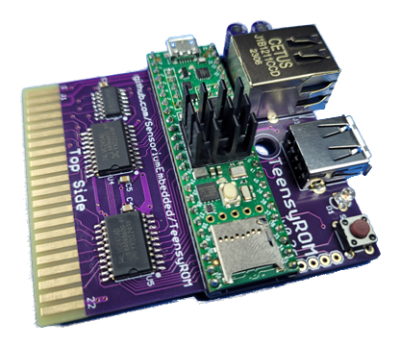[Sebastian Lederer] has created Tridora: an unusual stack-based CPU core intended for FPGA deployment, co-developed with its own Pascal compiler. The 32-bit word machine is unusual in that it has not one but three stacks, 16-bit instruction words, and a limited ISA, more like those of the 8-bit world. No multiply or divide instructions will be found in this CPU.
The design consists of about 500 lines of Verilog targeting the Digilent Arty-A7 FPGA board, which is based around the Xilinx Artix-7 FPGA line. [Sebastian] plans to support the Nexys A7 board, which boasts a larger FPGA array but has less RAM onboard. The CPU clocks in at 83 MHz with four clock cycles per instruction, so over 20 MIPS, which is not so shabby for a homebrew design. Wrapped around that core are a few simple peripherals, such as the all-important UART, an SD card controller and a VGA display driver. On the software side, the Pascal implementation is created from scratch with quite a few restrictions, but it can compile itself, so that’s a milestone achieved. [Sebastian] also says there is a rudimentary operating system, but at the moment, it’s a little more than a loader that’s bundled with the program image.
The Tridora Gitlab project hosts the Verilog source, an emulator (written in Golang, not Pascal) and a suite of example applications. We see quite a few custom CPUs, often using older or less popular programming languages. Here’s an FPGA-based Forth machine to get you started. Implementing programming languages from scratch is also a surprisingly common hack. Check out this from-scratch compiler for the Pretty Laughable Programming language.



















